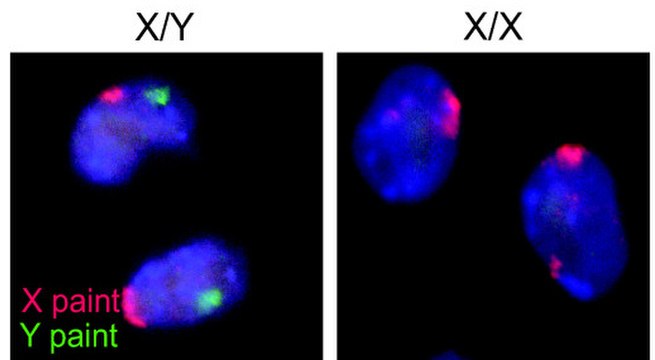
Main Difference
The main difference between Internal Fertilization and External Fertilization is that the Internal Fertilization is a union of an egg cell with a sperm during sexual reproduction inside the body of a parent; occurrence of internal insemination as the mode of combining sperm and egg and External Fertilization is a male organism’s sperm fertilizing a female organism’s egg outside of the female’s body
-
Internal Fertilization
Internal fertilization is the union of an egg cell with a sperm during sexual reproduction inside the female body. Internal fertilization, unlike its counterpart, external fertilization, brings more control to the female with reproduction. For internal fertilization to happen there needs to be a method for the male to introduce the sperm into the female’s reproductive tract. In mammals, reptiles, some birds, some fish and certain other groups of animals, this is done by copulation, the penis or other intromittent organ being introduced into the vagina or cloaca. In most birds, the cloacal kiss is used, the two animals pressing their cloacas together while transferring sperm. Salamanders, spiders, some insects and some molluscs undertake internal fertilization by transferring a spermatophore, a bundle of sperm, from the male to the female. Following fertilization, the embryos are laid as eggs in oviparous organisms, or in viviparous organisms, continue to develop inside the reproductive tract of the mother to be born later as live young.
-
External Fertilization
External fertilization is a mode of reproduction in which a male organism’s sperm fertilizes a female organism’s egg outside of the female’s body.
It is contrasted with internal fertilization, in which sperm are introduced via insemination and then combine with an egg inside the body of a female organism. External fertilization typically occurs in water or a moist area to facilitate the movement of sperm to the egg. The release of eggs and sperm into the water is known as spawning. In motile species, spawning females often travel to a suitable location to release their eggs. However, sessile species are less able to move to spawning locations and must release gametes locally. Among vertebrates, external fertilization is most common in amphibians and fish. Invertebrates utilizing external fertilization are mostly benthic, sessile, or both, including animals such as coral, sea anemones, and tube-dwelling polychaetes. Benthic marine plants also use external fertilization to reproduce. Environmental factors and timing are key challenges to the success of external fertilization. While in the water, the male and female must both release gametes at similar times in order to fertilize the egg. Gametes spawned into the water may also be washed away, eaten, or damaged by external factors.
